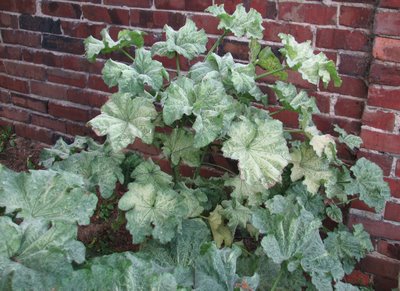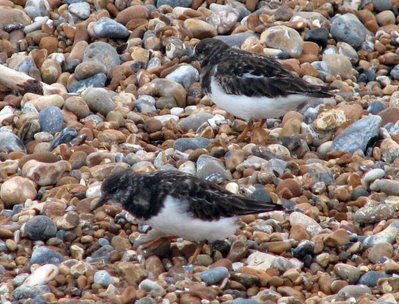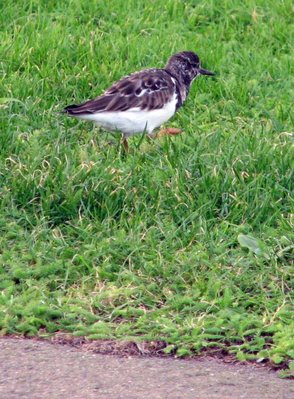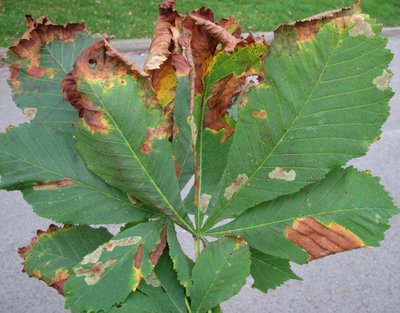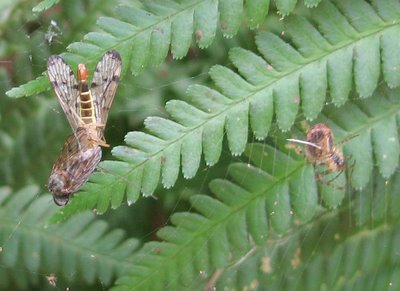
Having gathered a quantity of wild service or chequer berries when I visited the mighty tree at Udimore, East Sussex last week, I decided they should be put to good use (as well as trying to grow some more trees).
After discussion with granddaughter Jessica, we decided to use one of her fruit cake recipes substituting chequer berries for raisins. This worked spectacularly well and the cake was delicious. Today some TV people came to do a documentary on the tree and its uses and we were able to film the making, baking and eating of this recipe. As far as we know this is a completely novel use of the fruit, but well worth the trouble.
The TV programme
Tales from the Country will, by the way, be on ITV nationally on a Thursday evening in early January.
The recipe is as follows:
Jessica’s Chequer Berry Cake by Jessica Roper, Sedlescombe, East Sussex. 10 October 2006
A cake made with soft, ripe chequer or wild service berries, Sorbus torminalis. These are equivalent to raisins or sultanas but have a sharp, lemony taste. The whole berry, with the seed, is used and gives the cake a cool texture. Be careful to remove any small stalks though.
120 grams butter or margarine
170 grams caster sugar
150 grams chequer berries (wild service berries)
225 millilitres water
1 teaspoon bicarbonate of soda
½ teaspoon mixed spice
2 eggs beaten
120 grams plain flour
120 grams self-raising flour
Pinch salt
Boil butter/marg, sugar, fruit, bicarbonate of soda, spice in the water stirring for about 2 minutes. Leave to cool.
Mix in the eggs.
Sieve in flour and salt.
Pour mixture into a 7 inch cake tin and bake for 50 minutes to 1 hour (until a skewer comes out clean) in a pre-heated oven at gas mark 4 or 180 degrees C.








